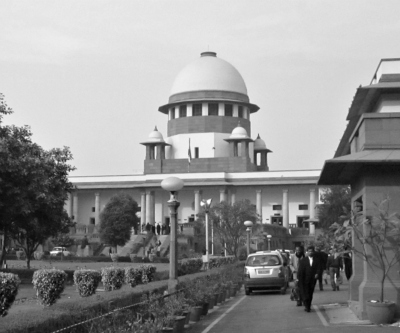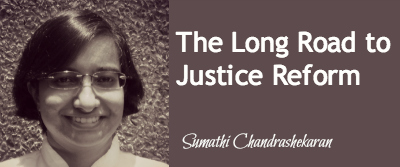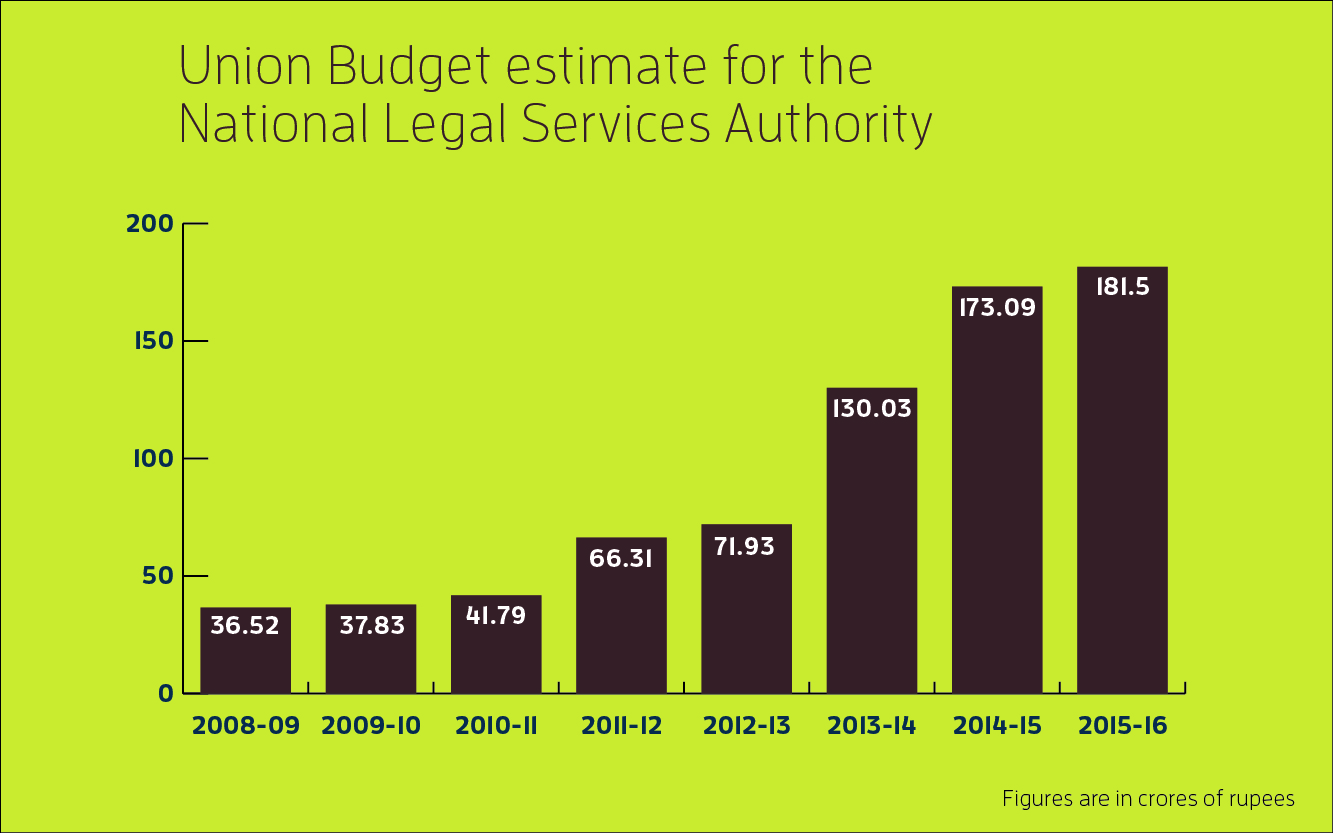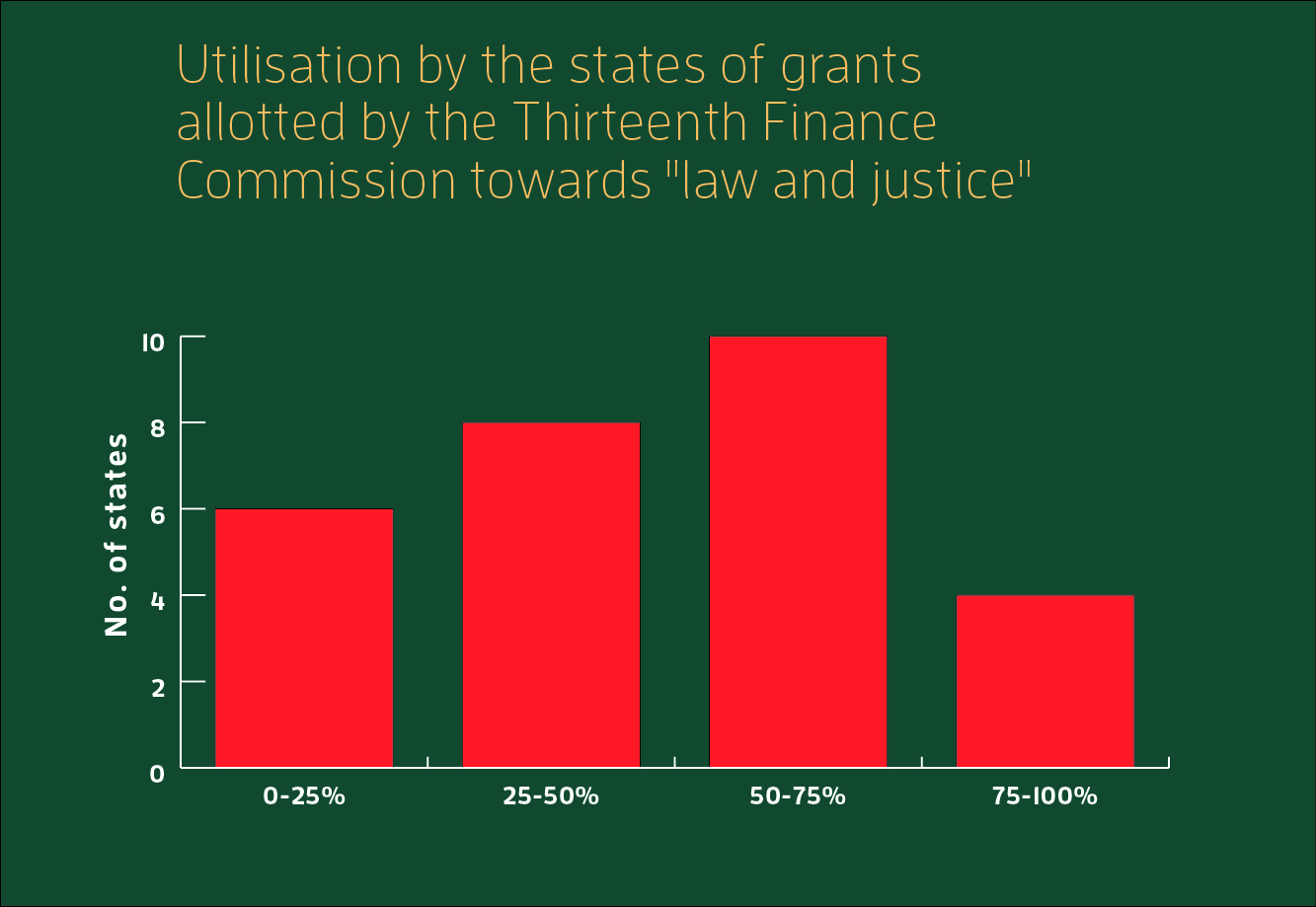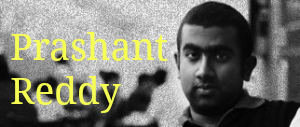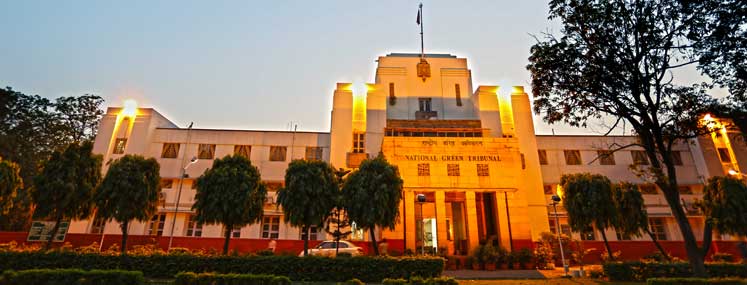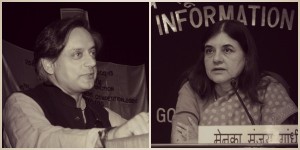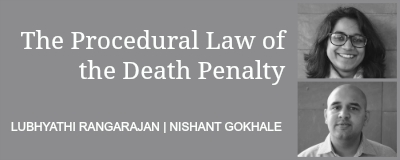 When Yakub Memon was executed recently, there was some confusion about “death warrant” or “black warrant” proceedings. They were also controversial in previous cases such as that of Mohammed Afzal Guru where the spectre of a secret execution haunted the government and that of Surinder Koli where three warrants, containing a range of dates within a week, were under challenge.
When Yakub Memon was executed recently, there was some confusion about “death warrant” or “black warrant” proceedings. They were also controversial in previous cases such as that of Mohammed Afzal Guru where the spectre of a secret execution haunted the government and that of Surinder Koli where three warrants, containing a range of dates within a week, were under challenge.
Upon a conviction at the end of a criminal proceeding, the sentencing court or the trial court has to issue a conviction warrant to the relevant jail. This warrant specifies the period of imprisonment to which the convict has been sentenced.
In cases where the death sentence is awarded, it is formally called a “warrant for execution of a sentence of death”. Form No. 42 in the Second Schedule of the Code of Criminal Procedure, 1973 contains the form of the “death warrant” or “black warrant”. It is addressed to the superintendent of the relevant prison who is supposed to return the warrant to the court after certifying that the death sentence has been carried out.
When can a death warrant be issued?
The court which imposed the sentence of death at the first instance (that is, the trial court) has the power to issue the death warrant under the CrPC. Sections 413 and 414 of the CrPC state that upon the high court confirming a death sentence, the sessions court shall cause that order to be carried into effect by issuing a warrant. In practice however, since an appeal lies to the Supreme Court against a death sentence, a sessions court would normally refrain from issuing a death warrant.
Even if the Supreme Court confirms the death sentence, there are several other remedies available to a prisoner to challenge the death sentence such as review and curative petitions, and mercy petitions under Articles 161 and 72.
And today, if a sessions court issues a death warrant before the end of the judicial and administrative process, it would amount to a serious violation of the law as laid down by the Supreme Court in Shabnam v. Union of India (2015) which affirmed the guidelines laid down by the Allahabad High Court in PUDR v. Union of India (in which the death sentence meted out to Surinder Koli was commuted to life imprisonment).
The guidelines in Shabnam arose out of a case in which death warrants were issued against two prisoners currently on death row – Shabnam and Saleem. The Supreme Court had confirmed their death sentences on May 15, 2015. A mere six days later, a sessions court in Uttar Pradesh issued death warrants against them stating that the execution should be held “as soon as possible”. No date, time, or place was specified on the warrants. This omission was already in violation of PUDR, a judgment that this Sessions Court was bound by. Further, Shabnam and Saleem were yet to exhaust several other remedies available to them.
In Shabnam, the Supreme Court held that the principles of natural justice have to be read into death warrant proceedings. A convict has to be given prior notice of the death warrant proceeding. The warrant has to specify the exact date and time of execution and not a range of dates. There should be a reasonable period of time between the date of the order on the warrant and the date set for execution to enable the convicts to meet their families and pursue legal remedies. Copies of the execution warrant should be made available to the convicts and they should be given legal aid at these proceedings if they do not already have a lawyer. These guidelines now need to be mandatorily followed in all cases where death warrants are issued.
When a death warrant was issued against Yakub Memon on April 30, the Shabnam guidelines were not yet in force. However, once Shabnam was decided, the Maharashtra government ought to have recalled the death warrant and initiated fresh proceedings to ensure that the rule laid down in Shabnam was satisfied. Most importantly, Yakub (lodged in a jail in Nagpur) and his lawyer should have been present at the proceedings that were held before a Mumbai court.
The guideline that a death warrant cannot be issued unless all available remedies are exhausted also needs to be seen in light of the contemporary jurisprudence on the death penalty. So after Shatrughan Chauhan v. Union of India (2013), a convict’s challenge to the rejection of his mercy petition is one of the available remedies.
Why are death warrants and their proceedings significant?
Shabnam has now held that holding a death warrant proceeding in open court with prior notice is vital to ensure that there is no secrecy or arbitrariness around executions. It enables the lawyer and the prisoner to ensure that the sentencing court is aware of pending proceedings challenging the conviction and sentence, if any.
For instance, the constitutional bench decision in Md. Arif@ Ashfaqv. The Registrar, Supreme Court of India allowed for an open court hearing of a review petition in all death sentence cases. In the Shabnam case, the sessions judge was unaware that neither Shabnam nor Saleem had had the opportunity to exercise their right to pursue this particular legal remedy, and instead, issued death warrants in haste. Such a situation could have been avoided if their lawyers had been informed of these proceedings.
Similarly, Shatrughan Chauhan now gives prisoners on death row the right to challenge the rejection of their mercy petitions by governors or the President through the writ jurisdiction under Articles 226 and 32. The Court also prescribed a minimum 14-day period between the receipt of the communication of the mercy petition being rejected, and the scheduled date of execution for two main reasons: (a) to allow the convict to make his peace with God and settle his earthly affairs and (b) to meet his family and avail of judicial remedies.
A court vested with the power to issue a death warrant must examine the case before it through a judicial lens and not view it as a mere formality and it may, if it finds that a prisoner has not yet exercised these judicial and administrative remedies available to them, postpone the setting of a date of execution. This purpose may not be served merely by having a lawyer who would not necessarily know if the convict has availed of his legal remedies. Considering that the majority of Indian death row convicts are illiterate or have had minimal or no access to education, they may not be in a position to inform the lawyer appointed for them, of proceedings initiated on their behalf. The convict’s lawyer therefore, should be given notice of the death warrant proceedings.
(Nishant Gokhale and Lubhyathi Rangarajan are Associates at the Death Penalty Litigation Clinic, National Law University, Delhi. The clinic represented Shabnam and Saleem before the Supreme Court in Shabnam v. Union of India and was an intervenor in Yakub Memon’s case.)


